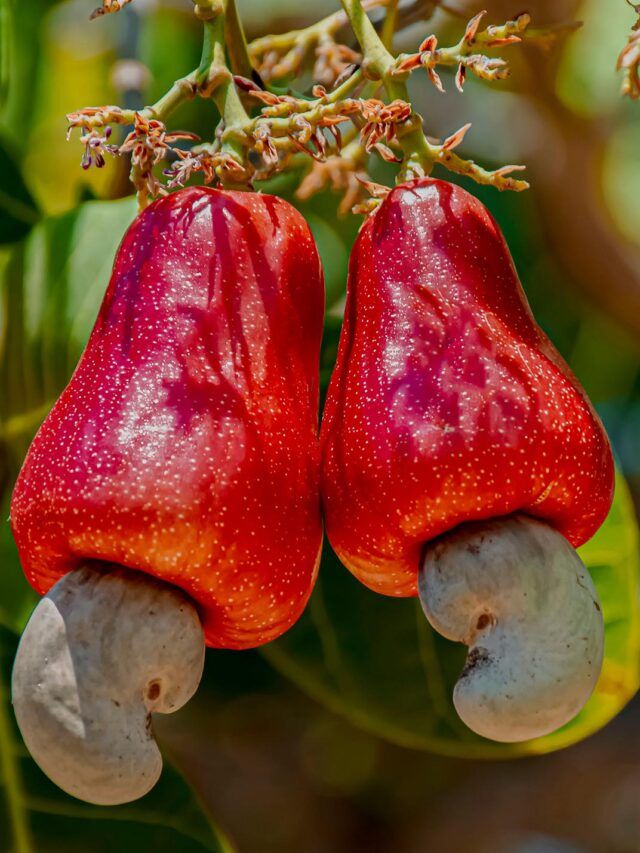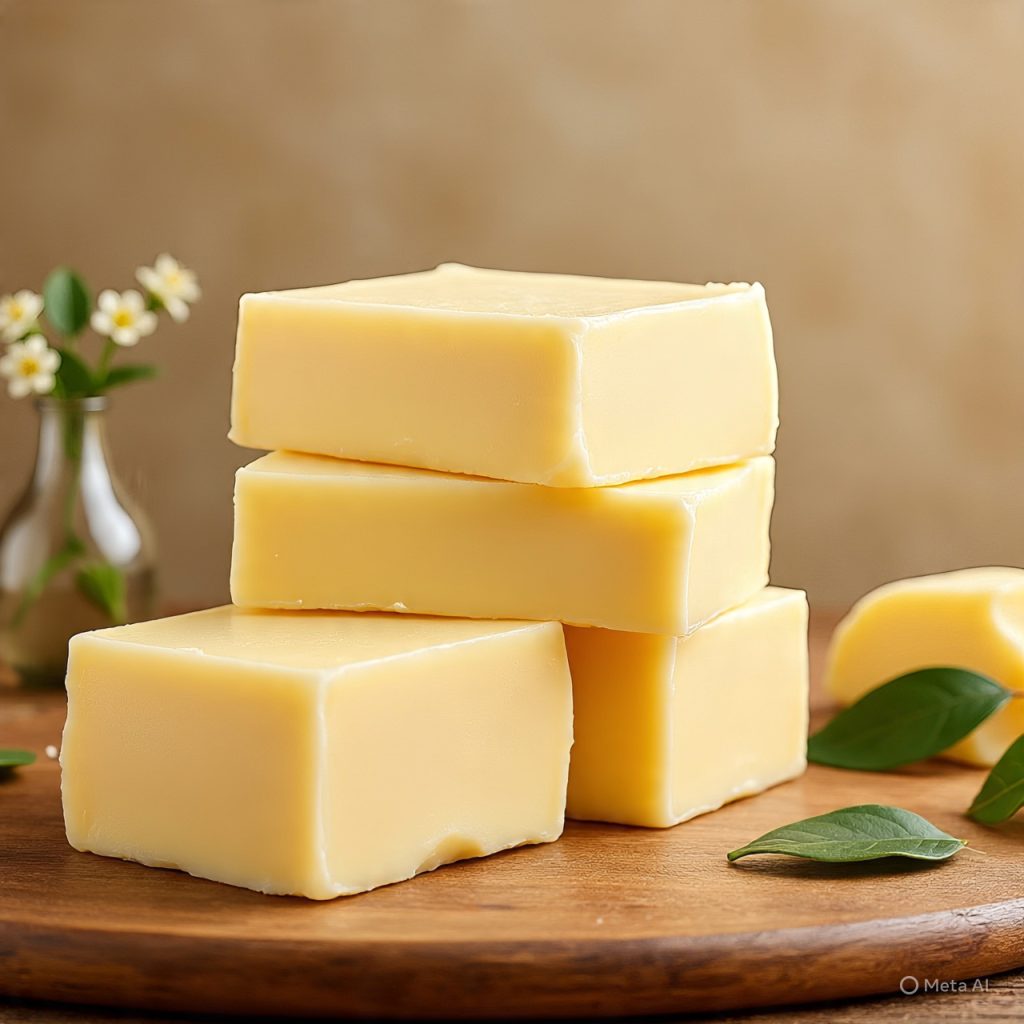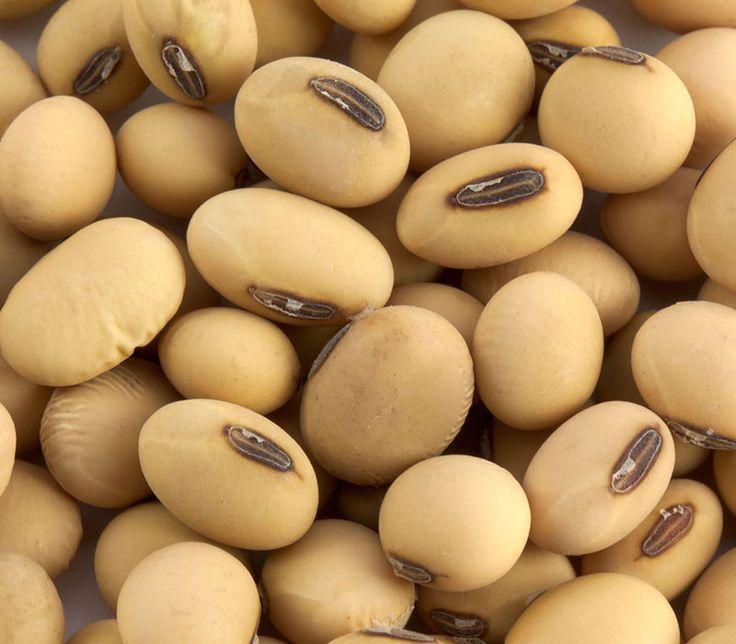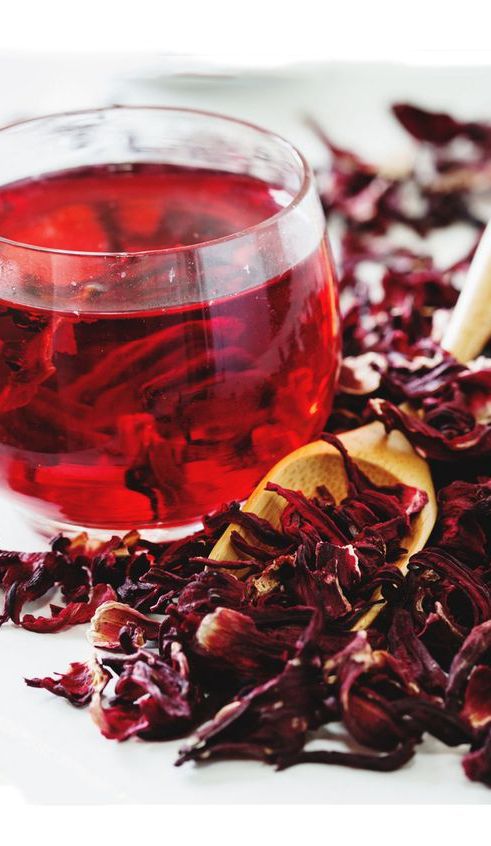Sesame seeds are one of the world’s oldest oilseed crops, valued for their rich flavor, high oil content, and exceptional nutritional profile. Known as a “super seed,” sesame is widely used in the food, oil, confectionery, and health industries. The steady rise in global consumption — especially in Asia, Europe, and North America — has made sesame seed export a profitable agricultural trade opportunity.
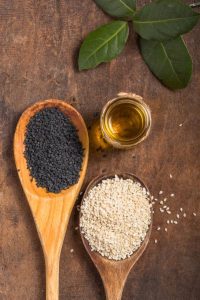 Why Sesame Seeds Are in High Demand
Why Sesame Seeds Are in High Demand
-
Nutritional Value – Rich in protein, healthy fats, calcium, magnesium, and antioxidants.
-
Culinary Versatility – Used in bakery products, salads, sauces, tahini, hummus, and snack coatings.
-
Oil Production – Sesame oil is prized for its stability, flavor, and health benefits.
-
Health Trends – Increasing popularity of plant-based and organic foods has boosted sesame’s global appeal.
Varieties of Sesame Seeds
Sesame seeds are traded in different varieties and colors, each suited to specific market needs:
-
White Sesame Seeds – Common in bakery and confectionery; mild flavor.
-
Black Sesame Seeds – Popular in Asian cuisine and health food markets; stronger flavor and higher antioxidant content.
-
Brown Sesame Seeds – Used in oil extraction; nutty taste.
-
Hulled Sesame Seeds – Outer husk removed; premium for baking and cooking.
-
Unhulled Sesame Seeds – Retains husk for higher fiber content; ideal for oil pressing.
Major Importing Markets
-
Asia – Japan, China, South Korea, and India (food, snacks, and oil).
-
Europe – Germany, Netherlands, France, UK (bakery and health foods).
-
Middle East – UAE, Saudi Arabia, Turkey (tahini, halva, and traditional dishes).
-
North America – USA and Canada (bakery, sauces, health foods).
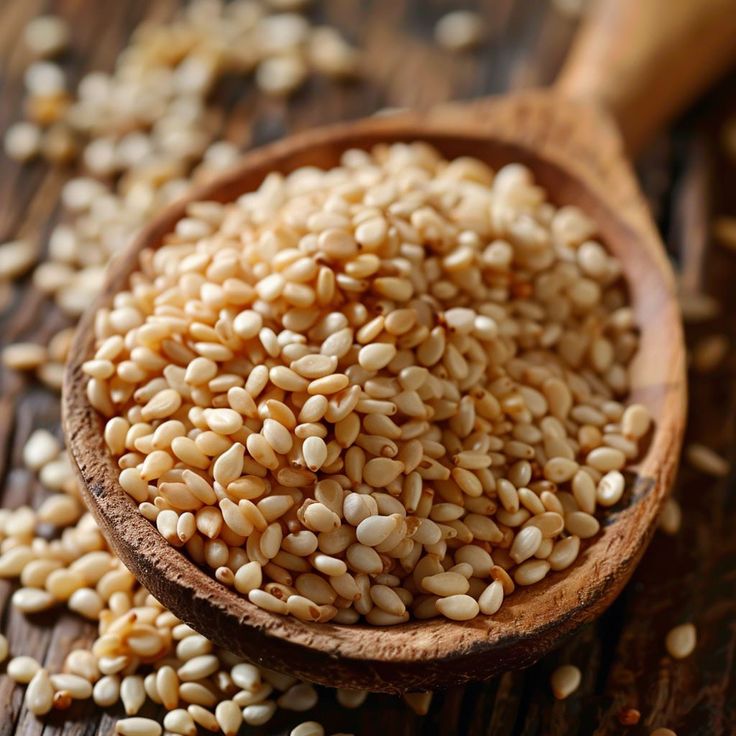
Export-Ready Processing Steps
-
Cleaning & Sorting – Removal of impurities to meet export quality standards.
-
Hulling (optional) – For premium white seeds used in bakery and confectionery.
-
Grading – Based on size, purity, and moisture content.
-
Packaging – Typically in 25kg, 50kg, or bulk 1MT bags for wholesale buyers.
-
Storage & Shipping – Kept in dry, cool environments to prevent rancidity.
Quality Standards & Export Requirements
-
Purity – Commonly 98% to 99.95% purity levels depending on market.
-
Moisture Content – Usually below 6% for longer shelf life.
-
Certifications – Organic certification, ISO, HACCP, or equivalent for certain buyers.
-
Documentation – Phytosanitary certificate, certificate of origin, export license, and quality test reports.
Why Sesame Seed Export is Profitable
-
Year-Round Demand – Used in both food processing and oil industries.
-
Global Price Stability – Sesame remains in demand regardless of economic fluctuations.
-
Value Addition Opportunities – Tahini, sesame snacks, and roasted seeds fetch higher prices.
IMEN GREEN GLOBAL LIMITED Advantage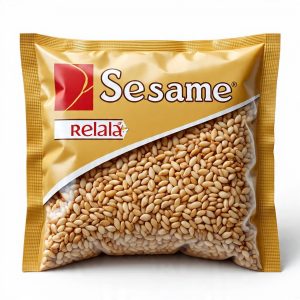
We source premium-grade sesame seeds directly from trusted farms, ensuring freshness, purity, and competitive pricing. Our production process maintains natural flavor and nutritional integrity while meeting international quality benchmarks.
We offer:
-
Hulled and Unhulled Sesame Seeds (white, black, and brown).
-
Bulk & Branded Packaging – 25kg, 50kg, or 1MT bags.
-
Custom Specifications – Tailored to buyer requirements.
Conclusion:
Sesame seed export is a strong and sustainable agribusiness opportunity for global trade. With consistent quality, reliable supply, and compliance with buyer specifications, exporters can secure long-term contracts and penetrate high-value markets.

